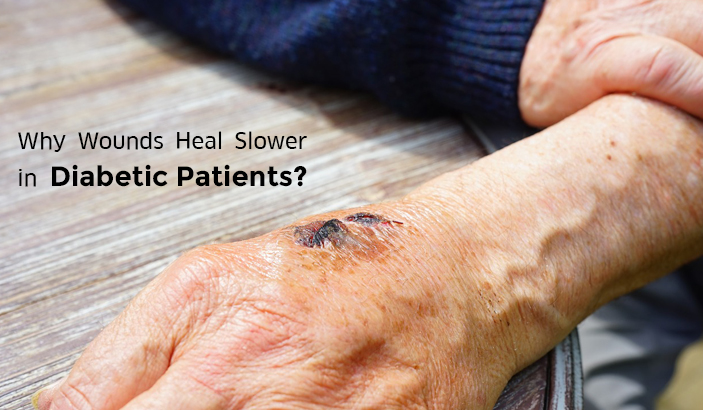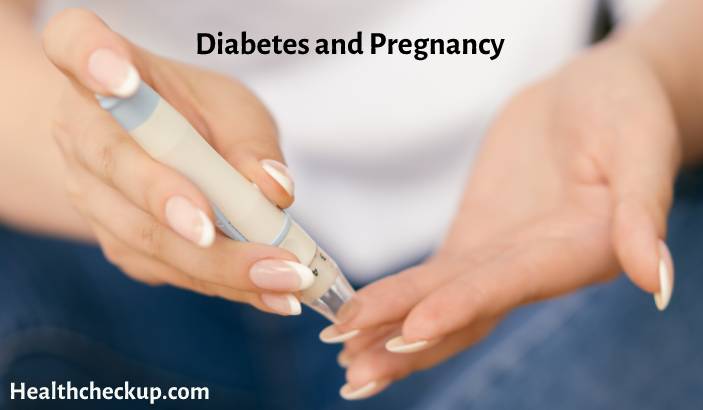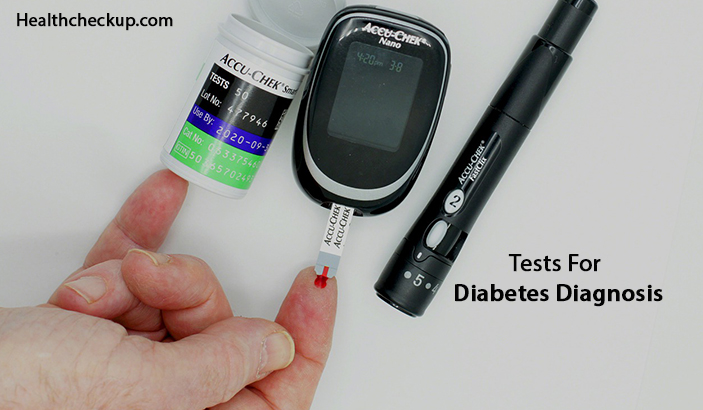If a person is suffering from diabetes then there are high chances that his wounds heal slower than normal. This in turn raises the risk of getting infected in case of a diabetic. In order to lessen the chances of developing a major infection, a person should manage his diabetes well.
Diabetes and Wound Healing
All of us have at one point or the other developed minor cuts, burns or wounds. It is a part and parcel of one’s life. But in case of a diabetic, even such minor stuff can cause serious health troubles.
People with diabetes are more likely to develop wounds that take a long time to heal or maybe they never heal. Such unhealed wounds are roots to infection. An infection can spread regionally to the neighbouring tissues or bones or even to farther different areas of the body which can even lead to one’s death.
The most common ones are the diabetic foot ulcers that affect more than 15% of the individuals who endure diabetes. They are initially painful sores, which if not attended to on time can cause foot amputation. There are also cases where even if the wound is not infected, it can affect a person’s health and quality of life to a great extent. Cuts or wounds that do not heal or take a long time to heal, make it extremely difficult for an individual to walk or move around as it causes a lot of pain.
A diabetic should always be on his guard and follow clean habits to keep his diabetes under control. When diabetes is under control, the risk of slow healing wounds and complications are considerably reduced.
A study conducted in the year 2013 found a strong and clear connection between blood glucose and healing of wounds in a diabetic. Individuals who had to undergo surgery for their chronic diabetes wounds had higher chances of a full recovery and healing if their blood glucose levels were controlled well during the surgery.
Reason Behind Diabetes Affecting Healing of Wounds
It becomes extremely difficult for a person’s body to control blood glucose levels when he is suffering from diabetes. The reason is if the BG levels are continuously high, it diminishes the ability of the white blood cells, impairing their function. This results in their inability to fight bacteria.
Uncontrolled blood glucose levels are also associated with faulty circulation. When circulation slows down, the red blood cells also start moving lazily throughout the body. This makes it more laborious for the body to transport nutrients to the area of the wound. This is why the injury takes a very long time to heal and in the worst conditions does not heal at all.
Nerve damage is another serious aspect affecting the healing of wounds and this is why it affects erections in males – infact a popular medical community, pharmacyforums.org, in an internal survey found that more than 30% of people who left viagra reviews on their forums were diabetic – the connection is very real.
High blood glucose levels which are not under control can impair the body’s nerves. And a diabetic may keep up trauma to their feet even without their knowledge of an injury there. This can stop them from taking appropriate treatment, allowing the wound to get worse without proper medical care.
Incessant sweating, dry and withered skin, infections in the toenail, foot malformations are the most common in diabetics, expanding the risk of an infection. Extensive research in this area has unravelled various reasons affecting the healing of wounds. They are listed below:
- Enervate hormone production responsible for growth and healing
- Low production and repair of new blood vessels
- Weakened skin barrier
- Low collagen production
Other Complications
People who have poor wound healing capacity because of circulatory and neurological effects of diabetes can even suffer from other complications of the heart, the kidney and the eyes. An injury if left untreated can get infected and the infection can easily spread to nearby muscles, tissues and bones. This phenomenon is called Osteomyelitis. If an infection advances into the bloodstream, it is known as Sepsis. This can be fatal. Deep infections may get severe and in worst cases might require an amputation.
Prevention
There are various strategies one can adopt to expedite the healing of wounds because of diabetes, which includes management of blood glucose levels, appropriate and good foot care and prompt treatment of the wounds.
Proper Foot Care Includes the Below:
- Thorough washing of the feet on a daily basis
- Patting dry properly and application of a good moisturizing lotion
- Refrain from walking barefoot
- Be careful while trimming toenails
- Make it a point to wear comfortable shoes at all times
- Inspect your feet on a daily basis
- Get your feet checked by a doctor at each visit
People who suffer from diabetes must monitor their wounds at all times very carefully. It is completely normal that a diabetic wound would heal slowly but one should always keep an eye on it and see if it remains unhealed and open for many weeks or if it spread and puss starts oozing making it very painful. In such cases, one should consult a specialist at the earliest.
Those who have their diabetes under control have fewer chances of suffering from grave wounds that do not heal. Those who are suffering from type 1 diabetes have to take insulin throughout their life. Those suffering from type 2 are lucky that way because they have an array of options to control their blood glucose levels, including many anti-diabetic drugs and even insulin.
A controlled carb diet is highly beneficial for a person suffering from diabetes be it type 1 or type 2. But type 2 has an added advantage of improving their BG levels by making good lifestyle changes like diet, exercise and weight loss.
Outlook
An injury that does heal on time can be life threatening. Diabetics should soon consult their doctor when they get serious or painful wounds and especially when the wounds do not heal for weeks together and are accompanied by fever. The doctor will prescribe aggressive antibiotic treatment, clean the wound and if required do appropriate surgical treatment to remove the dead tissue and in such cases controlled blood sugar also helps a great deal. If the wounds still persists and does not respond to the treatment and get healed. Then an amputation will be necessary to save a person’s life.
Medically Reviewed By








